Of the thousands of plants growing wild in nature, most are considered common weeds. However, many of these plants have healing, therapeutic properties.
When out exploring nature, don’t be too quick to dismiss a plant as just another wildflower or common weed. Mountain mint, dandelion, burdock root, Oregon grape root, willow, plantain, arnica, chickweed, calendula, chamomile, and yarrow all offer health benefits. These common woodland plants are among the many medicinal plants found in Mother Nature’s medicine chest.
Let’s take a look at some of those herbs that you can make use of.
Calendula
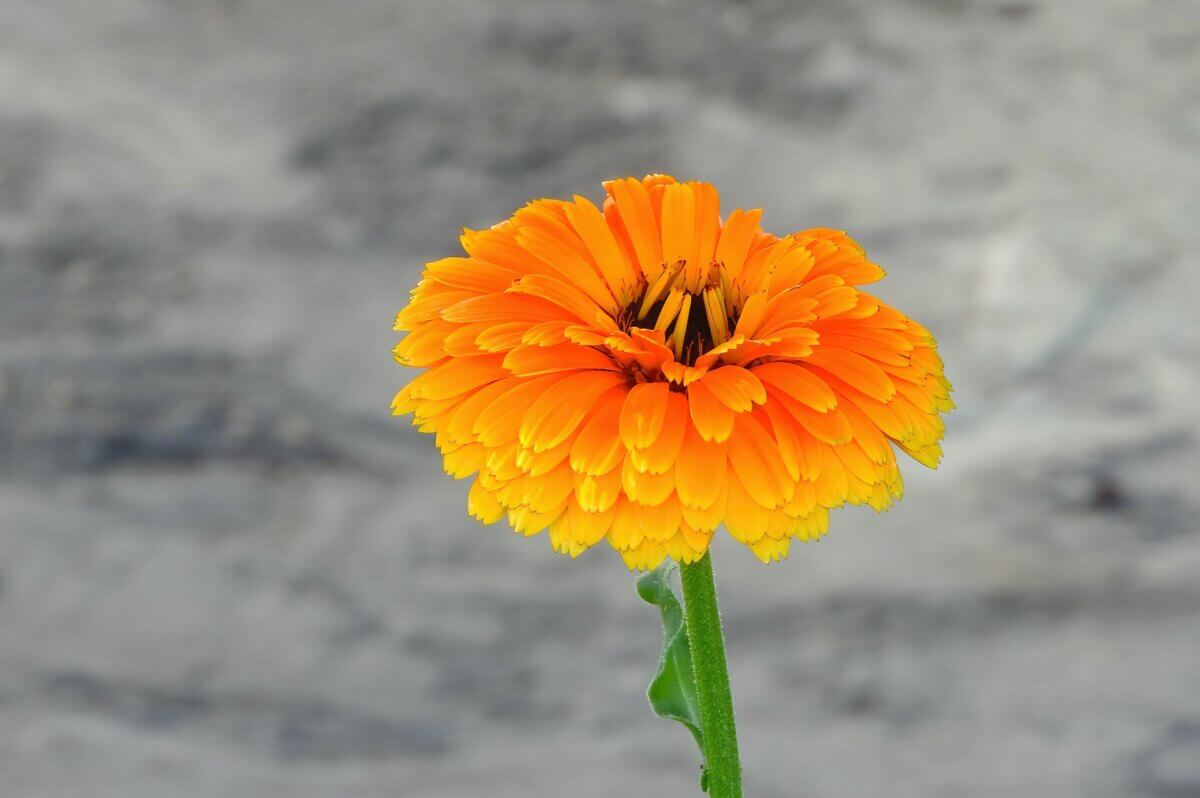
An ointment crafted from calendula (Calendula officinalis) applied to the skin relieves pain and reduces inflammation from leg ulcers, varicose veins, and hemorrhoids. Calendula, also known as pot marigold, also speeds the healing process of bites, cuts, and sore, dry skin. When preparing a salve with calendula as the featured herb, add antiseptic properties by adding tea tree or thyme essential oils. To craft a drawing ointment, blend in powdered marshmallow root or powdered slippery elm.
Calendula grows well in a full sun location but manages fine in partial shade. Cut back the plants to encourage flower production. Once established, it self-sows liberally. Calendula is an ideal plant for the homestead herb garden, thriving in almost any type of soil in United States Plant Hardiness Zones 2 through 11.
St. John’s Wort
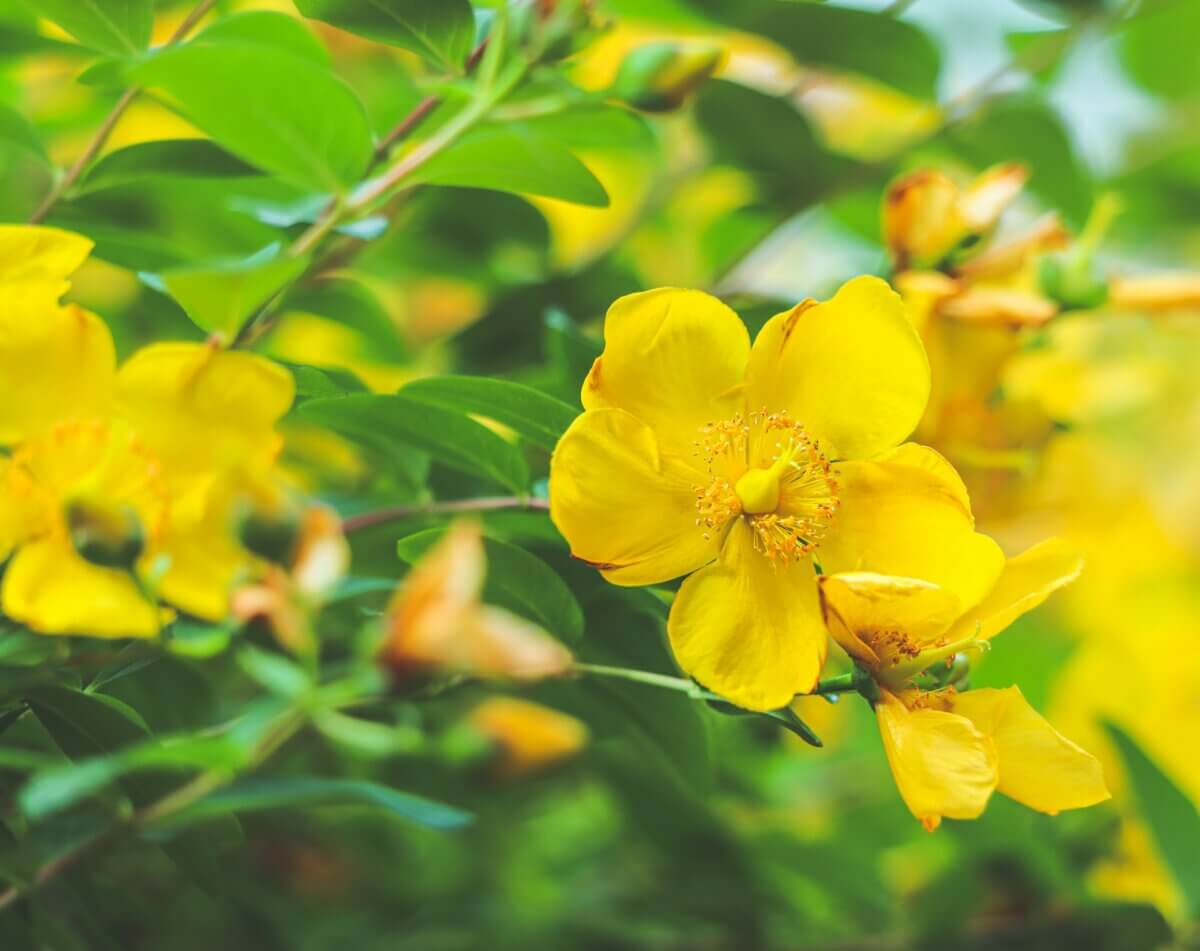
St. John’s wort (Hypericum calycinum) is a compact, dense small shrub. Slow growing, it reaches a mature height of 3 feet. The plant presents upright branches with exfoliating reddish-purple bark. The leaves are deep blue-green. The feathery-textured foliage turns a brilliant yellow in the fall. In late spring and early summer, the hardy little shrubs display an abundance of golden yellow flower clusters.
A healing herbal ointment that includes St. John’s wort acts as an analgesic, helping to reduce nerve pain. The healing properties in St. John’s wort help soothe pain and encourage the healing of cuts, scrapes, burns, and bites. To infuse the ointment with analgesic properties, add clove essential oil.
Low maintenance and eye-catching, it is fabulous when used about the homestead as a ground cover in a rock garden. An excellent plant to control erosion, Saint John’s wort tolerates drought, poor soil, heat, and shade.
Related Post: Homestead Stories: St. Benedict’s Herb
Oregon Grape
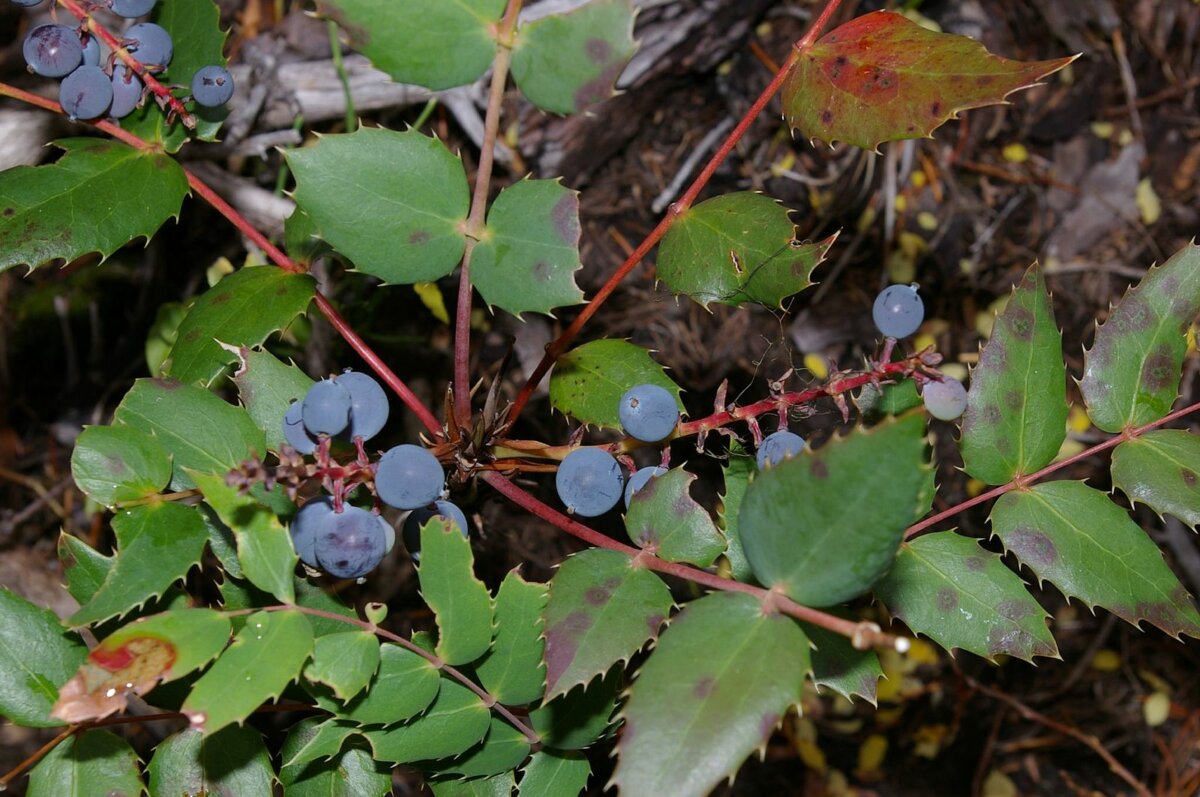
A member of the plant family Berberidaceae, Oregon grape (Mahonia aquifolium), also known as Oregon grape holly, blue barberry, or Oregon barberry, flourishes through the northwestern portion of the United States. A low-growing, evergreen vining plant, Oregon grape presents deep green holly-like leaves that turn a brilliant reddish-orange in autumn. During the cold days of winter, the leaves take on a deep burgundy color in striking contrast against a snowy landscape. Oregon grape grows best in United States Plant Hardiness Zones 5 through 9. Drought-tolerant and disease resistant, Oregon grape thrives in sunshine or shade and does well in poor soil.
There are two different types of Oregon grape: A dwarf, low-growing groundcover, and a shrub-like bush that reaches up to 9 feet tall at maturity. In early spring, both varieties display an abundance of bright yellow flowers followed by a tart, deep purple, edible fruit. Oregon grape provides habitat and food for songbirds and other wildlife.
Oregon grape proves useful as a digestive stimulant. The hardy perennial plant presents anti-microbial, -fungal, -bacterial, -inflammatory, and -parasitic properties. Traditionally the little plant has been used for a diverse array of medical maladies including gastrointestinal issues (including giardia, an infectious type of diarrhea) as an anti-inflammatory in the treatment of eczema and psoriasis, as well as proving useful in the treatment of eye infections, athlete’s foot, acne, and other skin irritations.
Mountain Mint
Mountain mint (Pycnanthemum muticum), also known as short-tooth mint, is a low-growing mint native to the eastern portion of the United States. Found growing in open pastures, alpine meadows, and low woodlands, the hardy perennial plant is an excellent ground cover that spreads by rhizomes. Drought-tolerant mountain mint grows best in United States Plant Hardiness Zones 4 through 11. You can start the tough little plant from seed or rhizomes.
Mountain mint repels deer, rabbits, and leaf-chewing insects. They can’t stand the taste or smell of it. The plant is useful around the homestead for planting in areas where deer tend to browse your favorite perennials. Mountain mint can be planted as a border around flowerbeds or as an underplanting around fruit trees. The herbaceous perennial does best in full sun but is tolerant of shade.
The plant presents a pungent odor similar to spearmint when crushed. The dark green leaves edged in silver are heart-shaped, and about 2 inches long. In summer, mountain mint displays deep pink, tubular-shaped flowers attractive to bees and butterflies. Mountain mint is an important plant in northeastern butterfly gardens.
The fragrant ground cover is not invasive. When planted in mass, the densely leafed mountain mint’s silvery brackets give the entire mass planting the appearance of being drifted with light snowfall. Pruning the roots in early spring with a spade prevents mountain mint from spreading.
Indigenous peoples gathered the leaves for preparing a medicinal, mild-tasting tea that proved effective in treating stomach distress, ulcers, fevers, and colds. Mountain mint is also used as a culinary herb to enhance the flavor of sweet and savory dishes.
Dried mountain mint is a primary ingredient in many smoking blends. When blended with dried mullein weed, bunchberry leaves, and a pinch of tobacco, and then rolled as a cigarette or placed in a pipe, Mountain mint contributes to a smooth, flavorful smoke that is used to relieve migraine headaches and help calm the spirit and alleviate stress.
When wild-harvested plants are used as the primary herb or infused together with garden herbs and essential oils in a creamy herbal ointment, they bring healing relief to dry, rough skin and chapped lips, relieve muscle pain, help heal cuts, insect bites, and allergy irritations.
Mullein Weed
Mullein is an herbaceous biennial that grows leaves during the first year and then flowers and dies the second year’s growth. During the first year, it can produce 18- to 20-inch wooly-gray leaves that form giant rosettes. The thick wooly leaves were used to wrap food to prevent spoilage.
Mullein weed (Verbascum thapsus) found in open meadows, in open woodlands, roadside ditches, paddocks, pastures, and homestead gardens throughout the United States, is a key ingredient in a great many herbal remedies. The healing oil is used to treat earaches, and the stalks of the plant are bound into bundles for torches. Historically, the tenacious wildflower’s leaves were smoked to relieve lung congestion and to induce a pain-relieving euphoria. The leaves were also boiled to release essential oils that were skimmed off the top of the water when it cooled.
The dried flowers were reserved for a potent tea to treat stomach disorders, coughs, colds, dysentery, relieve melancholy, and restore energy.
Burdock
A long-prized herb widely used in Western herbology, burdock root demonstrates proven efficiency as a blood purifier or blood cleanser, especially useful in healing skin infections and disorders and for overall optimum skin health. Burdock (Arctium minus), a member of the plant family Asteraceae is native to Europe and Asia, but several species valued for burdocks’ potent diuretic, detoxifying, and diaphoretic properties have been introduced worldwide. Burdock thrives in United States Plant Hardiness Zones 4 through 9.
A recent research study into the medicinal benefits of burdock revealed antibiotic activity generated by the presence of as many as 14 different polyacetylene compounds found in the fresh root. Two of these compounds possess fungistatic and bacteriostatic properties.
In ancient Chinese medicine traditions, burdock seeds (known as Niu Bang Zi) are added to boiling water and allowed to steep to a strong and flavorful tea used to treat stomach distress and chronic constipation.
Burdock is also included as the main ingredient in essiac tea, a formula used by cancer patients worldwide as an herbal alternative treatment for cancer. It is also a primary ingredient in Hoxsey tea, another widely used herbal anticancer brew.
Bur oil, also known as burdock root oil extract, is used throughout Europe as an itch relieving treatment for dandruff and as a preventative for hair loss. Burdock oil is a rich source of phytosterols, and essential fatty acids said to enhance hair shine, body, and strength by promoting a healthy scalp and improved hair growth while it offers immediate relief from a dry, itchy scalp.
The large leaves of the herbaceous perennial reach up to 30 inches long. Blooming from early July through August, burdock flowers provide essential nectar and pollen for honeybees.
Be On The Lookout
Visit your local county extension agent for assistance in identifying wild medicinal plants native to your local area. These natural healing herbs are excellent additions to the homestead herb garden or disperse across meadows and drainages. When wild harvesting, do so away from roadways to avoid gathering plants that may have been sprayed with herbicides.
References:
- National Park Service – Low-Growing Oregon Grape https://www.nps.gov/sajh/learn/nature/low-oregon-grape.htm
- King County Native Plant Guide – Tall Oregon Grape https://green2.kingcounty.gov/gonative/Plant.aspx?Act=view&PlantID=25
- Herb Society of America – Mountain Mint https://herbsocietyorg.presencehost.net/file_download/inline/34699647-3623-4591-911b-865c93fe9c14
- Medical News Today – What to Know About Burdock Root https://www.medicalnewstoday.com/articles/320035
- The University of Arkansas Cooperative Extension – Mullein Weed https://www.uaex.edu/yard-garden/resource-library/plant-week/common-mullein.aspx
- Minnesota Wildflowers – Common Burdock https://www.minnesotawildflowers.info/flower/common-burdock


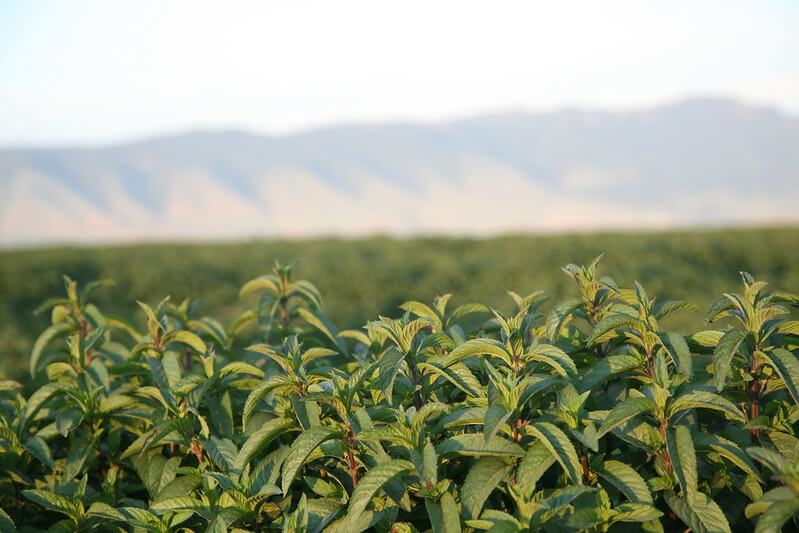
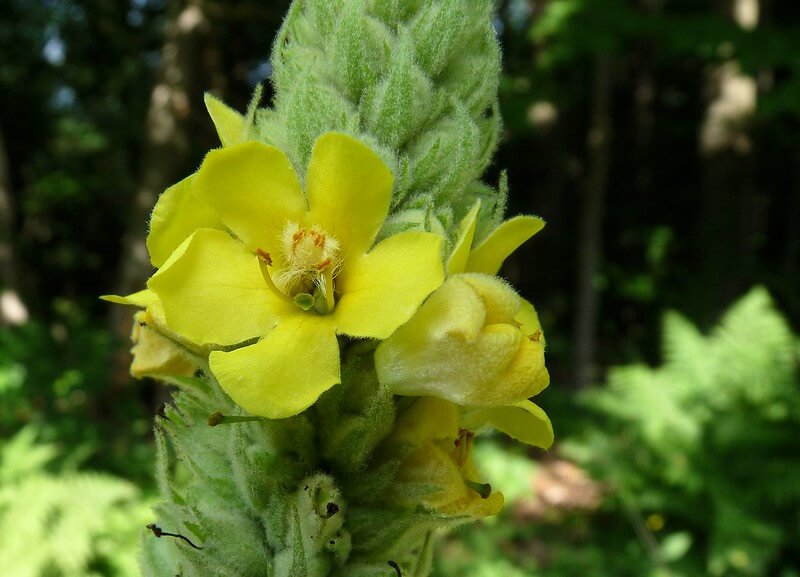


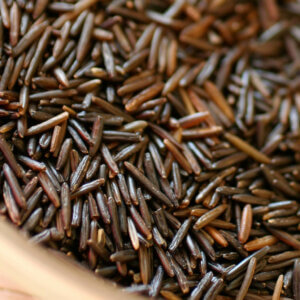


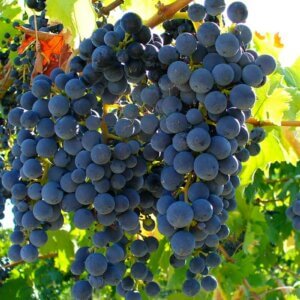


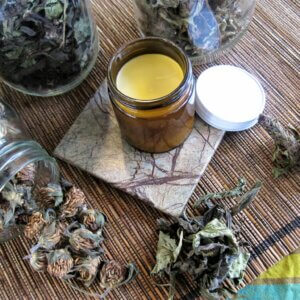
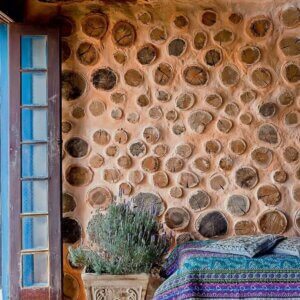
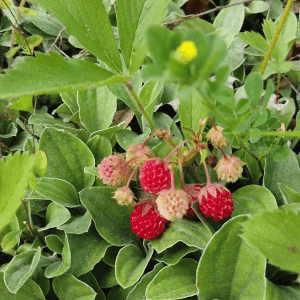

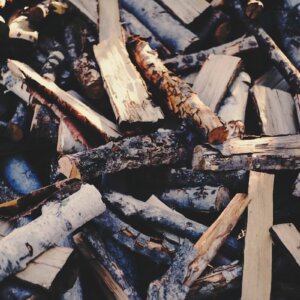



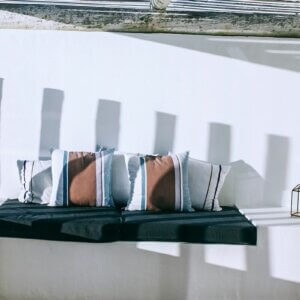
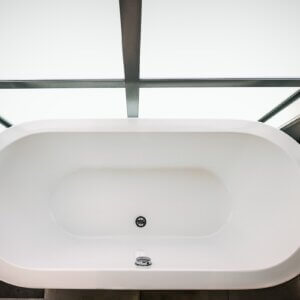





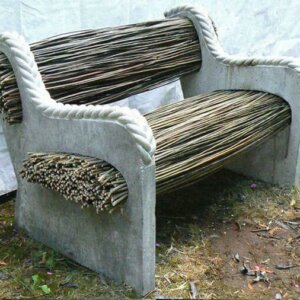
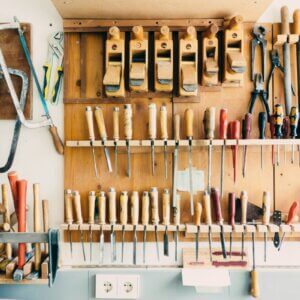
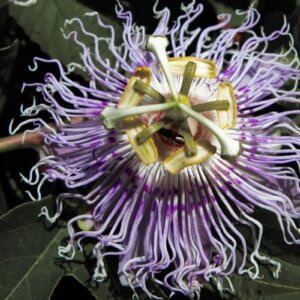



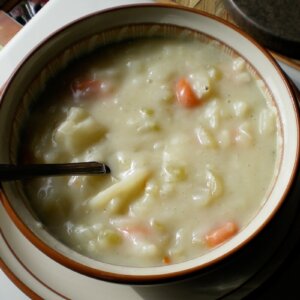
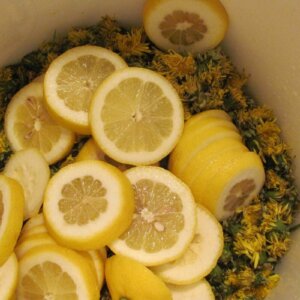
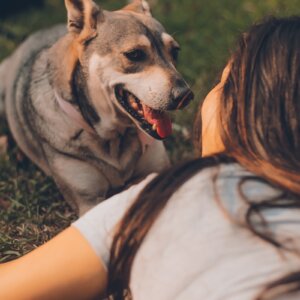
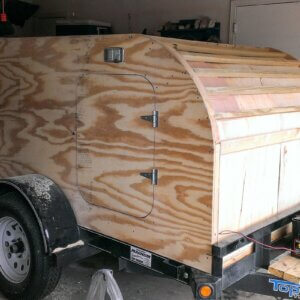








Leave a Reply